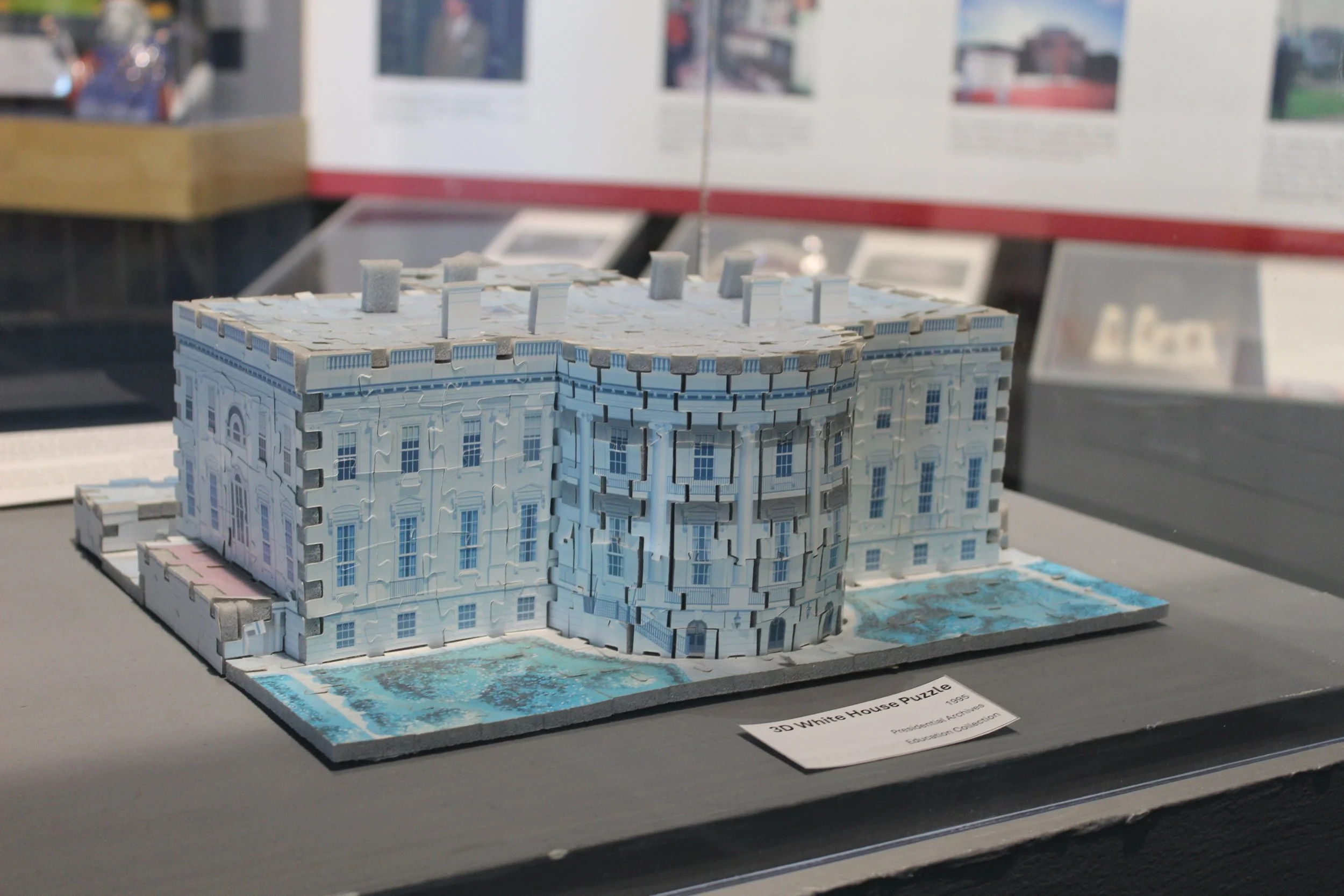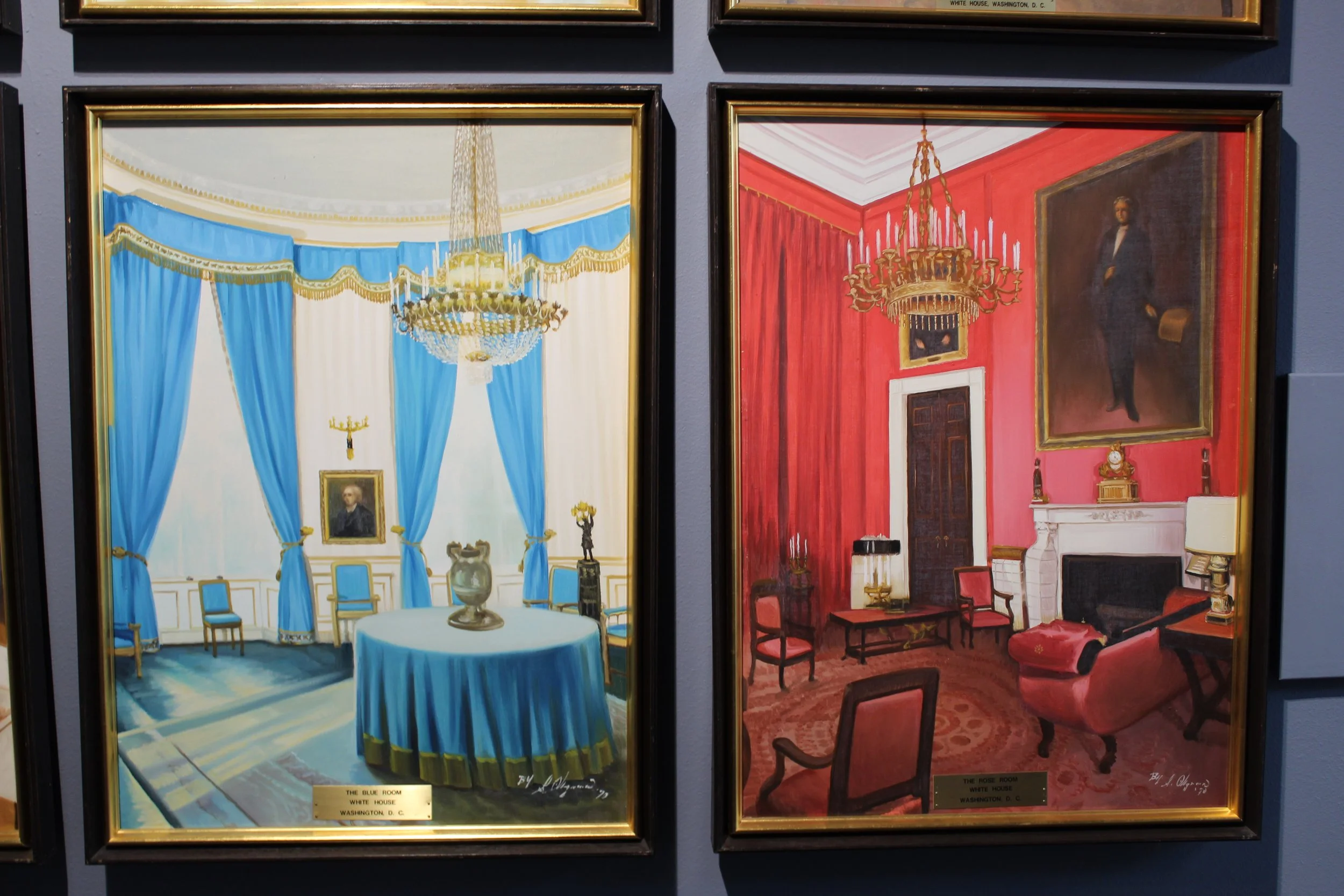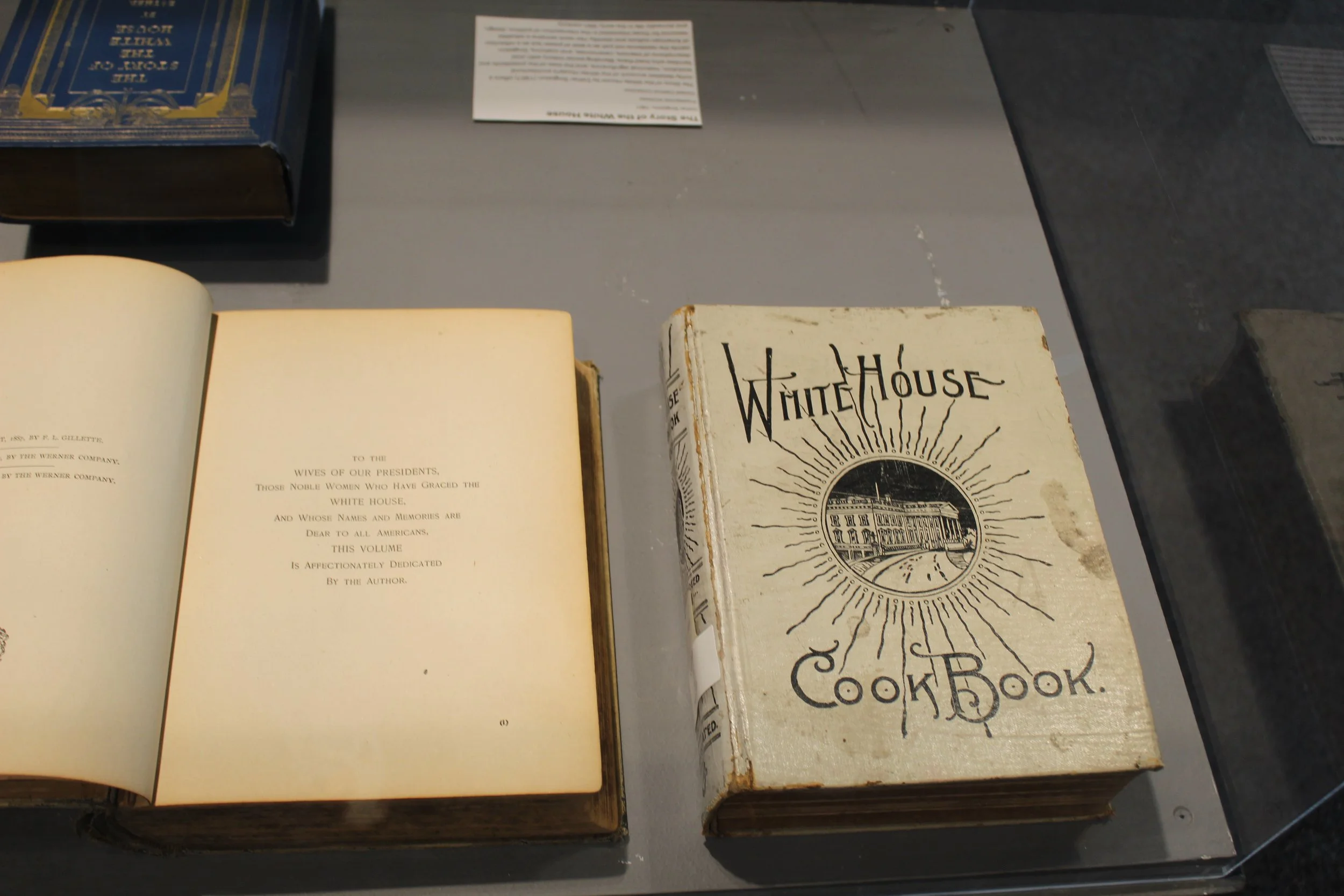Visiting the White House
In Partnership with the Presidential Archives
The White House, located at 1600 Pennsylvania Avenue in Washington, D.C., is more than just the residence of the President of the United States—it is a powerful emblem of the nation's democratic ideals, a working office, and a living museum. This exhibit gives our visitors the chance to enjoy a number of rooms and landscapes of the White House property. These pieces were all completed in 1970 and part of the Chandler Collection.
Originally referred to as the “President’s Palace” and later the “Executive Mansion,” the name “White House” was officially adopted by President Theodore Roosevelt in 1901. Its neoclassical design, built from Aquia Creek sandstone and coated in white lime-based paint, has endured war, fire, and extensive renovations. After being burned by British troops during the War of 1812, the building was rebuilt under Hoban’s supervision, incorporating some of the original charred walls.
Over the centuries, the White House has evolved to meet the needs of its occupants. Thomas Jefferson added colonnades and opened the house to the public. The South and North Porticoes were added in the 1820s, and the West Wing—home to the Oval Office—was created in the early 20th century. President Harry Truman oversaw a complete interior reconstruction in the late 1940s due to structural instability, preserving the historic exterior while modernizing the interior.
Today, the White House complex includes the Executive Residence, West Wing, East Wing, Eisenhower Executive Office Building, and Blair House. It spans 18 acres and contains 132 rooms, 35 bathrooms, 412 doors, and 147 windows. It hosts state dinners, historic treaty signings, and annual traditions like the Easter Egg Roll. It is also the only private residence of a head of state that is open to the public free of charge. From its architecture to its role in shaping global policy, the White House stands as a testament to the resilience and continuity of American leadership. It reflects the personal touches of each president and the evolving story of the United States—making it not just a building, but a living chapter in the nation's history.
This exhibition is made possible through the Ellen Noël Art Museum’s partnership with the Presidential Archives. This exhibition will be on display from July 17th, 2025 through October 19th, 2025. The Museum’s hours are Tuesday through Sunday, 12-5PM—with extended hours on Thursdays until 8PM. As always, our admission is FREE.



